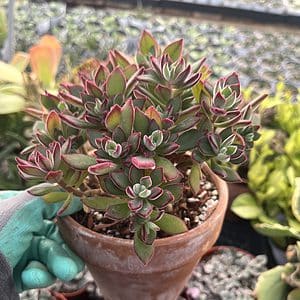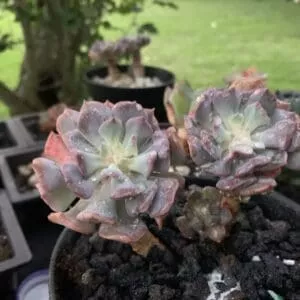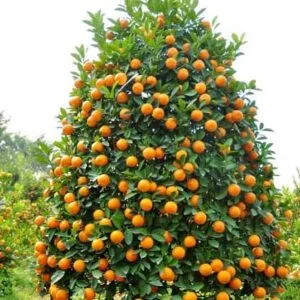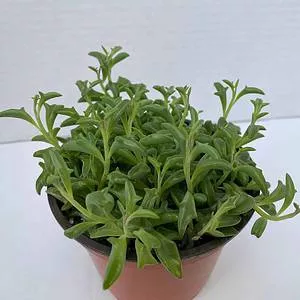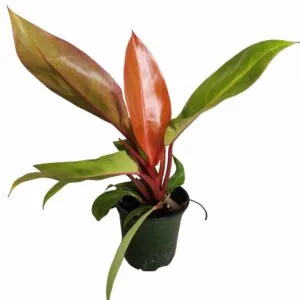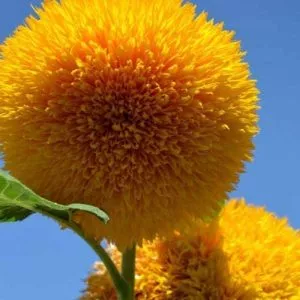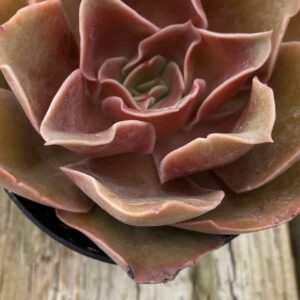No products in the cart.
Table of Contents
Adorn your garden with blush pink flower clusters compact for long-lasting beauty and fragrance only made possible by the eternal fragrance daphne.
Yes, this shrub looks great in any setting or an urban garden with other landscape plants. Your outdoor plant remains evergreen. It can grow up to three feet tall and spread three feet wide.
Sometimes you even have fragrant white tubular flowers, depending on the species you have. Today, we will help grow the eternal fragrance daphne to provide you with a display of color in your garden.
Daphne Eternal Fragrance Plant Care
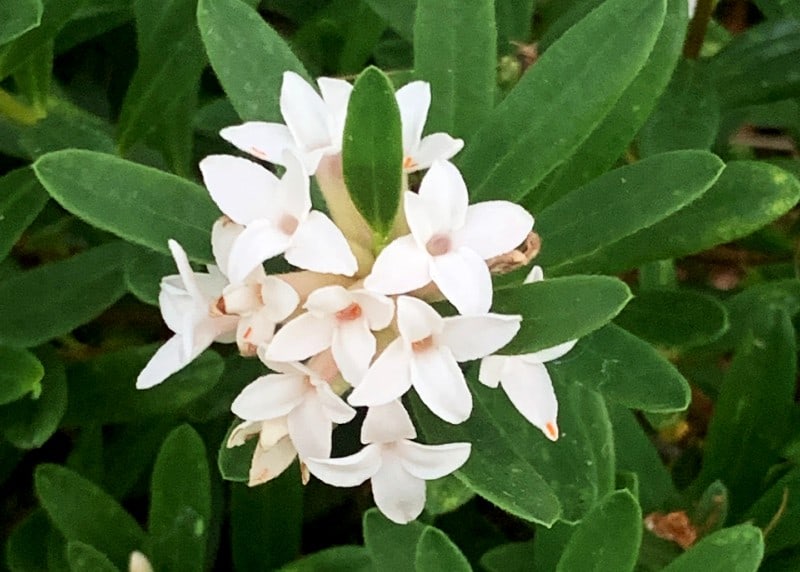
The eternal fragrance daphne makes for great ornamental and landscape plants. The dark green foliage emerges light green during spring. While in winter you have dark green leaves. The only thing not ornamentally significant is the fruit.

Recommended Potting Mix A Well-Drained Soil
Your eternal fragrance Daphne is a bit picky when it comes to caring. So if you want your eternal fragrance to love you, then provide them with sandy soils with excellent drainage. This applies if you grow them in containers or outside.
The problem is that this multi-stemmed evergreen shrub can get root rot fast, leading to its death. We recommend a soil pH level between 5.5 and 6.4. To help provide the moisture, you can add a thick mulch to hold water in summer.
The Best Lighting Condition is Light Shade
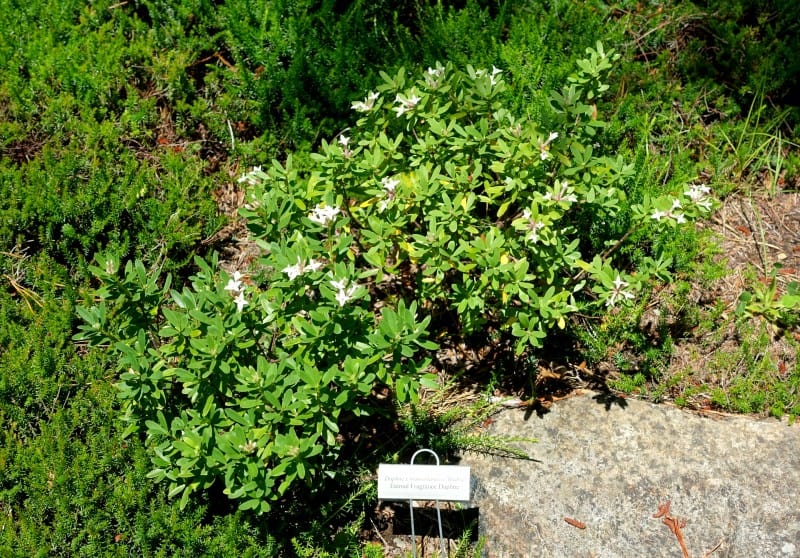
Okay, depending on the Daphne variety you have, they do well in a sunny location. Still, these ornamental features bloom in part shade and display nicely in shady conditions. The only problem is the flowering reduces.
You can place them with group plantings that thrive in acidic soil if you want to treat them as indoor plants.
Watering Your Daphne
When you grow your Daphne in a suitable container or outdoors with facer plants, water them several times. Once your growing plants settle, you need to keep them moist with excellent drainage. You can do this by keeping the mulch moist.
In stock In stock In stock In stock
$39.99
Sold By:
Cacti and Exotica
$55.00Echeveria pulvinata—Ruby Chenille Plant
Rated 4.98 out of 5 based on 59 customer ratings00
Sold By:
Cacti and Exotica
$200.00
Sold By:
Emerald Dragon Greenhouse
Pulvinata Frosty variegated
Only 1 available and it’s in 1 people’s basket Rated 5.00 out of 5 based on 15 customer ratings02
Sold By:
Emerald Dragon Greenhouse
Free Shipping
$295.00
Sold By:
Andygarden2023
Calamondin 5-6ft tall
Only 10 available and it’s in 1 people’s basket
Sold By:
Andygarden2023
$8.99
Sold By:
Cacti and Exotica
Mammillaria marksiana
Rated 4.98 out of 5 based on 59 customer ratings00
Sold By:
Cacti and Exotica
Ideal Temperature & Humidity
The Daphne shrub you need to consider as semi-evergreen or as deciduous as they drop their leaves. So in early spring, you will notice new growth and thrive in warm temperatures with high humidity. But be careful with too much moisture; it can result in fungal leaf spots.
Here it also depends on your variety, as some can handle colder climates like the winter Daphne. In contrast, others in outdoor containers are best bringing them indoors to prevent frost from damaging the plant.
The Best Fertilizer For Your Eternal Fragrance Daphne

You can feed your shrub twice a year using a granular fertilizer, for example, a 10:10:10 one. The best time to prune is in February, March, or July.
Propagating Daphne x Transatlantica Blafra
The best method to propagate your Dahne shrub is through a semi-green cutting. You can take a cutting anytime from July to September. But this plant is a slow grower, and many people prefer to buy a nursery-grown one.
But we are not saying you cannot attempt it! You can cut the stem in late summer. Preferably look for a plant with a firm wood stem with green growth emerging. Cut the branch into six-inch segments with mature leaves on them.
Remove the lower half leaves and plant them into a mixture of sand with some peat moss. Water thoroughly and cover them with a plastic bag or pot. Place them where they can receive bright indirect light.
Once the roots develop, which can take months, you can transplant your shrubs into larger containers. Then, when you see plenty of new growth, you can plant them in an outdoor landscape.
USDA Growth Zone
While the Daphne is hardy and tolerant to any climate, you can grow them in hardiness zones four to nine. Still, in zones four and five, you may find them dropping their leaves in winter.
Pruning Daphne
The Daphne is a slow grower and needs little pruning as they mature into a rounded shrub. Occasionally you can remove some misbehaving branches that break. The best time to do this is after flowering. Your shrub does not enjoy pruning, and neither does it enjoy transplanting as it has refined foliage that is naturally dense.
In stock In stock In stock In stock
$15.00
Sold By:
Gardengineering
$20.00Monstera deliciosa | Swiss cheese plant | split-leaf philodendron
Rated 4.96 out of 5 based on 25 customer ratings01
Sold By:
Gardengineering
$18.99
Sold By:
Succulent Oasis
Medium Succulent Plant – String of Dolphins. Perfect for a hanging basket
Rated 4.84 out of 5 based on 352 customer ratings01
Sold By:
Succulent Oasis
$8.99
Sold By:
BubbleBlooms
Bunny Ear Prickly Pear Cactus
Only 98 available and it’s in 1 people’s basket Rated 4.81 out of 5 based on 279 customer ratings03
Sold By:
BubbleBlooms
$26.99
Sold By:
Cacti and Exotica
Aloe ramosissima — Quiver tree
Rated 4.98 out of 5 based on 59 customer ratings00
Sold By:
Cacti and Exotica
Daphne Varieties
You can find several varieties of the Daphne shrubs as follow to add to your collection:
Winter daphne (D. odora)
Now, this cultivar has a fantastic fragrance and grows up to four feet tall. It has glossy leaves and can die without any apparent cause. You find the shrub blooming in winter.
Garland daphne (D. cneorum)
The shrub grows up to a foot tall and is favored to use in rock gardens. It has vining branches that spread, and you find them covered in flowers in spring
D. x burkwoodii
The shrub is a popular hybrid that can be evergreen, semi-evergreen or deciduous. The shrub grows up to four feet tall, and you find them blooming in spring or summer.
Daphne Eternal Fragrance Plant Diseases & Pests
Daphne’s eternal fragrance is more likely to get leaf spots, twig blight, and crown rot in colder temperatures. Some insects that can cause havoc on your plant are scale, mealybugs, and aphids. But many experts advise that this plant can die for no reason at all.
Frequently Asked Questions
The transatlantica eternal fragrance can grow with a height and spread of three feet outdoors. In a pot, it can grow as tall as 4.72 inches.
Sometimes overwatering or high humidity can lead to root rot in Daphne shrubs. But there are times that the plant dies for unforeseen reasons, even when taken care of it well.
Yes, your Daphne scrub needs ericaceous soil that is well-draining to thrive. So the ground needs to be acidic with at least a pH level between 4 to 5.
You can find Daphne shrubs available at most nurseries or online gardening shops. But there is no need to do plant hunting as Plantly has a wide selection available here.
Whether you want to buy, sell or simply reach out to other plant enthusiasts, Plantly is the right place to be!
-
$20.00Sold By: PotHedz Plants
In stock (can be backordered)
Philodendron Prince of Orange
Only 2 available and it’s in 12 people’s basketRated 4.96 out of 5 based on 106 customer ratings01Sold By: PotHedz Plants -
Free Shipping$7.96 – $11.96Sold By: CZ Grain
In stock
Teddy Bear Sunflower Seeds for Planting Exotic Garden Flower Great for Hummingbirds and Butterflies
Only 897 available and it’s in 1 people’s basketRated 4.60 out of 5 based on 156 customer ratings00Sold By: CZ Grain -
$15.99Sold By: BubbleBlooms
In stock
African Milk tree
Rated 4.81 out of 5 based on 279 customer ratings08Sold By: BubbleBlooms -
$18.99Sold By: Succulent Oasis
In stock
Medium Echeveria Fireglow
Rated 4.84 out of 5 based on 352 customer ratings00Sold By: Succulent Oasis
